Living with scars can sometimes feel like having a constant reminder of a past injury or surgery. Some people may feel self-conscious about these marks, whether they are from an accident, a medical procedure, or skin problems like acne. Fortunately, PMU scar camouflage can help you feel more comfortable and confident in your own skin by hiding these imperfections.
What Is PMU Scar Camouflage?
PMU (Permanent Makeup) scar camouflage is a way to utilize cosmetic tattooing to hide scars and other skin marks. A professional artist uses a specialized PMU machine to put custom-blended permanent cosmetics pigments into the skin. The goal isn't to get rid of the scar, but to change its hue so that it matches your natural skin tone. It's a detailed process that requires a skilled artist with a good eye for color.
Biomaser Plenilune U1 Pro Wireless Tattoo & PMU Machine With Adjustable Stroke
What Kinds of Scars Can PMU Camouflage Help With?
Permanent Makeup for Scar Camouflage is a versatile technique that can address many different types of skin imperfections. It is an effective way to reduce the visibility of marks you may feel conscious about.
- Surgical Scars: Marks left from operations like C-sections, tummy tucks, or breast augmentation can be effectively blended.
- Injury Scars: Scars from cuts, burns, or accidents often leave skin lighter or darker than the surrounding area. PMU can help even out this tone.
- Stretch Marks: These lines often appear after pregnancy or significant weight changes. While PMU cannot change the texture, it can camouflage the color, making it far less obvious.
- Areola Restoration: Following breast surgeries like a mastectomy, PMU can be used to recreate the color and shape of the areola, which can be a very empowering step for many.
- Vitiligo Patches: For those with vitiligo, PMU can sometimes add pigment back into the lighter patches of skin to create a more even appearance.
PMU Solutions for Scars can really help by precisely matching pigments to your skin. This method is a modest yet powerful strategy to make you feel better.
The Scar Camouflage Process From Start to Finish
The scar camouflage process is done carefully in a few key steps to ensure the results look natural and last a long time. Knowing what to expect can make the experience smooth and comfortable.
Step 1: Consultation and Color Matching
The first meeting with your artist is the most important. They will look at your scar's size, shape, and color. Then, they will mix different pigments to create a custom color that perfectly matches your skin. This step is key to making sure the final result is a seamless blend.
Step 2: The Tattooing Session
Using a fine needle, the artist will carefully implant the custom-mixed pigment into the top layers of your scarred skin. The technique is very gentle and focuses on building the color up slowly. This avoids a heavy, unnatural look and helps the pigment blend smoothly.
Step 3: Blending for a Natural Look
The artist uses special techniques to feather the pigment at the edges of the scar. This creates a soft transition between the treated area and your natural skin. The final look should be so subtle that no one can tell you've had anything done.
The whole process is a mix of art and science that is meant to make scars less noticeable. This careful work ensures that the scar camouflage for skin imperfections looks as natural as possible.
4 Key Benefits of Choosing Scar Camouflage
Choosing permanent makeup for scar camouflage offers several great benefits that can improve both your appearance and your confidence.
- Look More Even-Toned: The most noticeable benefit is that your scar will blend in with the rest of your skin, creating a smoother, more uniform look.
- Boost Your Confidence: Hiding scars that make you feel self-conscious can lead to a big boost in self-esteem, helping you feel more comfortable.
- A Long-Lasting Fix: Unlike makeup you have to apply daily, PMU scar camouflage lasts for years. It's a low-maintenance solution.
- Quick and Easy Recovery: The procedure is minimally invasive with very little downtime. You can get back to your normal routine quickly.
Ultimately, scar camouflage offers a simple and effective way to feel better about your skin. It provides a lasting change that can make a positive impact on your daily life.
4 Important Things to Know Before Your Appointment
Before you book your scar camouflage session, there are a few important things to think about. Being prepared will help you get the best and safest results.
Find the Right Artist
The artist's skill is crucial for good results. Look for a certified professional who specializes in scar camouflage and has a portfolio of before-and-after photos. Don't be afraid to ask about their experience and training to ensure proper permanent makeup safety.
Understand Your Scar
Not every scar is a good candidate. The best results are usually seen on scars that are at least a year old, healed, and flat. Raised or indented scars might not be suitable. A good artist will tell you honestly what results you can expect.
Get a Patch Test
Before the main procedure, a patch test is a smart idea. The artist will apply a small amount of pigment to your skin to check for any allergic reactions. This simple step helps keep you safe.
Have Realistic Expectations
PMU camouflage makes a scar look better, but it doesn't get rid of it. The color will mix in well, but the texture of scar tissue will remain. A transparent talk with your artist can assist you in understanding what can be done.
Thinking about these things will lead to a better and more satisfying experience.
Your Guide to PMU Scar Camouflage Aftercare
Following the right aftercare steps is key to helping your scar camouflage heal perfectly and last as long as possible.
- Keep It Clean and Dry: For the first few days, gently clean the area with a mild soap and pat it dry. Avoid swimming, hot tubs, and long, steamy showers.
- Stay Out of the Sun: The sun can cause the pigment to fade quickly. Keep the area covered or use a high-SPF sunscreen once the skin is fully healed.
- Don't Pick or Scratch: Your skin may feel a little itchy or form a light scab as it heals. Let any scabs fall off on their own to avoid pulling out the pigment.
- Moisturize as Instructed: Your artist will give you a specific ointment to apply. Use it as directed to keep the skin hydrated and help it heal well.
- Avoid Makeup: Don't put makeup or harsh skincare products on the treated area for at least a week to prevent irritation or infection.
Proper aftercare ensures you get the beautiful, long-lasting results you want.
How Long Scar Camouflage Lasts and When to Get Touch-Ups
For long-term planning, it's useful to know how long your results will endure and when you might need a refresh. PMU scar concealment usually lasts for 1 to 5 years. The exact time varies depending on a few things:
- Your Skin Type: Oilier skin may cause the pigment to fade faster.
- Sun Exposure: Frequent sun exposure without sunscreen will speed up fading.
- Your Lifestyle: Using exfoliating skincare products over the area can also cause the color to lighten sooner.
Touch-ups are a typical part of taking care of your scar camouflage. You can think of them as a color boost to the area to keep it looking fresh and well integrated. People usually have a touch-up every one to three years. This lets your artist touch up any areas that have faded and keep your results looking great.
What to Expect: A Look at Before and After Results
Seeing the change from "before" to "after" can help you understand what this procedure can achieve.
- Before the Procedure: Scars are often easy to see because they are a different color from the skin around them. They can be white, pink, red, or brown.
- Right After the Procedure: The treated area may be a little red or swollen, and the color of the pigment may be darker than you thought it would be. This is a natural part of the healing process.
- After Healing: Once fully healed (in about 4-6 weeks), the color will soften and settle. The scar will mix in with your skin, making it much harder to see. The color correction makes a big impact on how the skin looks, even though the texture stays the same.
Ready to Feel More Confident in Your Skin
PMU scar camouflage is a great choice if you have scars or skin marks that bother you. It gives you an easy, long-lasting technique to hide those flaws and make you feel better. It's a tiny tweak that can lead to a big boost in confidence.
FAQs About Scar Camouflage
Q1: Is It Painful to Apply PMU Scar Camouflage?
The discomfort level is usually low. Before the treatment, the artist will use a topical numbing lotion to make you more comfortable. Most people say it feels like a gentle vibration or scratching, not a strong pain. Most people think it hurts less than a regular body tattoo.
Q2: How Many Sessions Are Needed?
For best outcomes, most people need 2 to 3 sessions. The first session sets the base color, and the follow-up sessions are utilized to improve the blend and create depth. The pigment can settle properly, and the skin can heal between sessions.
Q3: Can All Scars Be Camouflaged?
This method works best on scars that are flat, healed, and lighter than the skin around them. Keloid scars, which are elevated and keep growing, should not be treated in this way. The best approach to find out if your scar is a good candidate is to talk to an expert.
Q4: Is PMU Scar Camouflage a Permanent Thing?
It is considered semi-permanent. The particular pigments are made to fade slowly over the course of a few years. The length of time it lasts depends on things like sun exposure and your skin's natural renewal process. You need to do touch-ups every few years to keep the look.
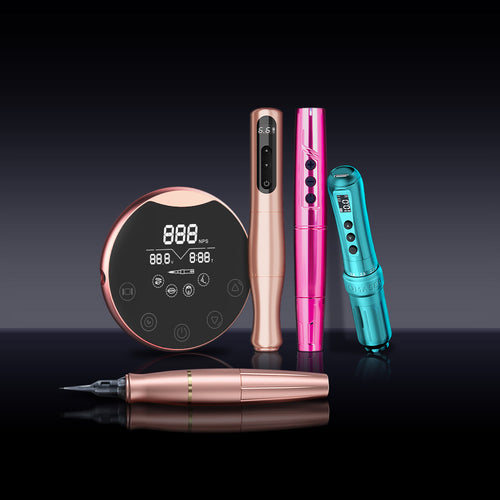
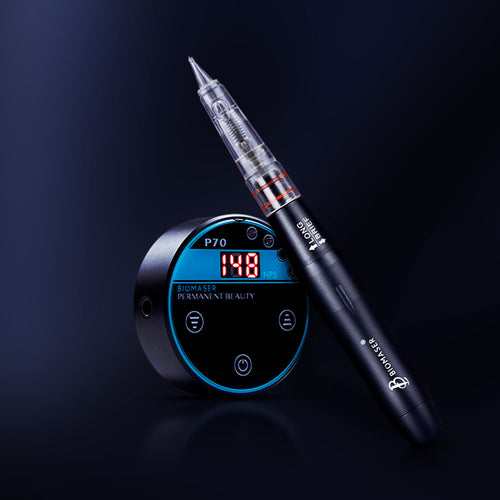
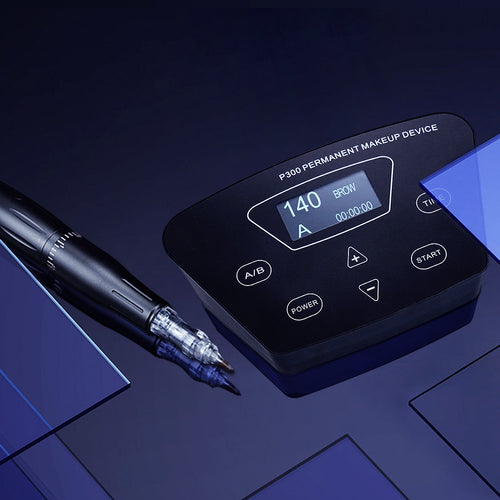
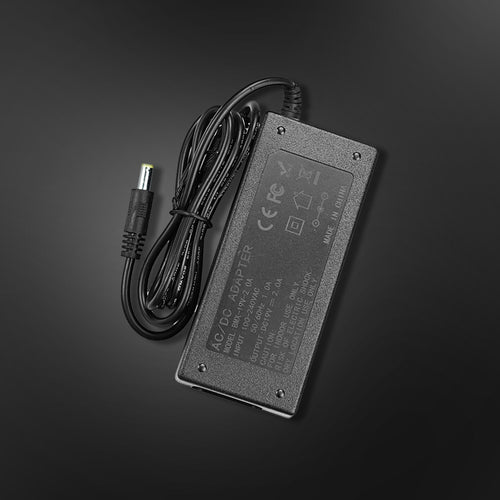
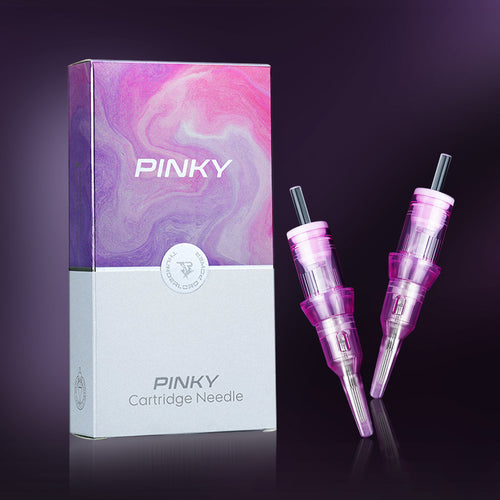
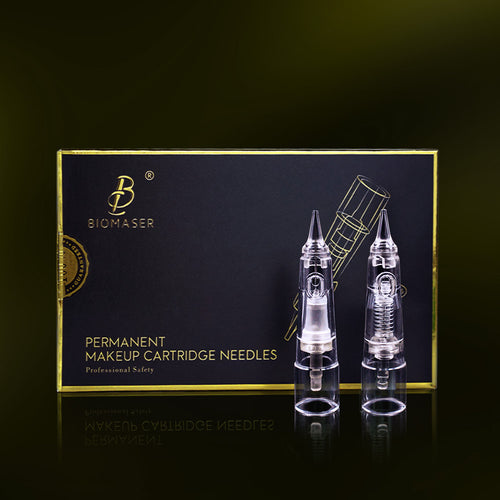
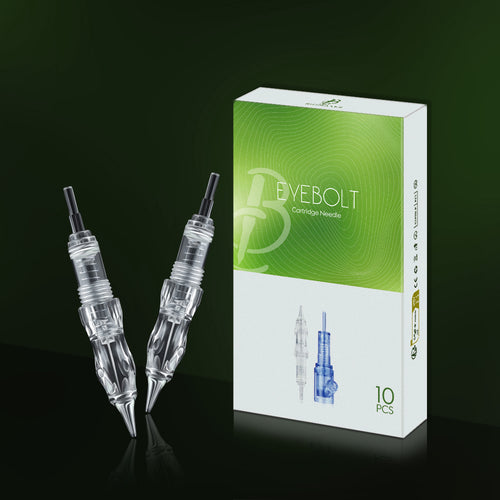

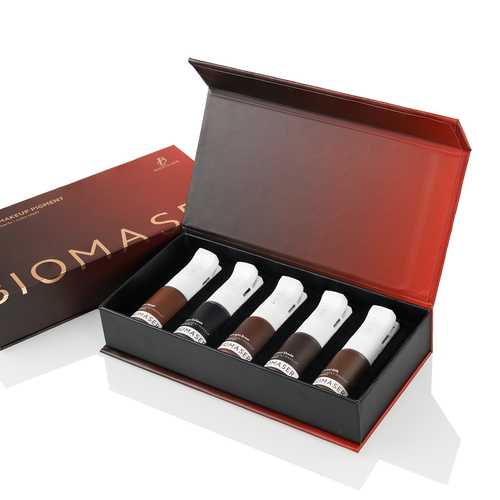
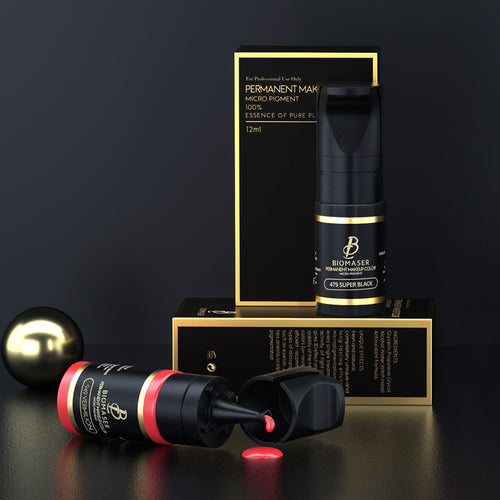

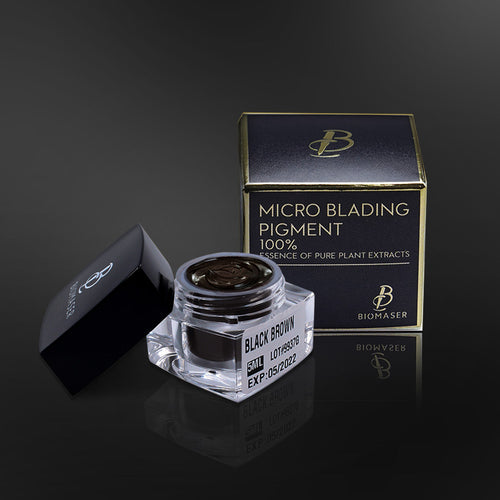
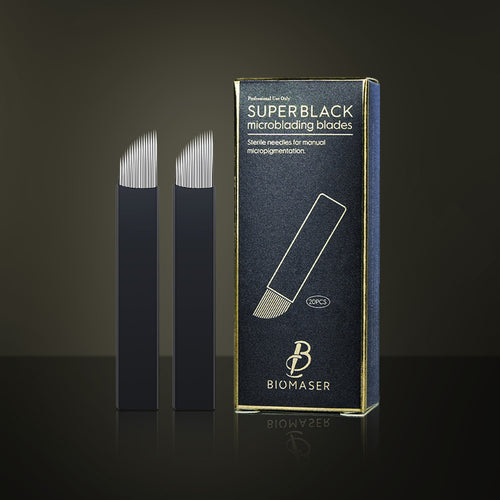
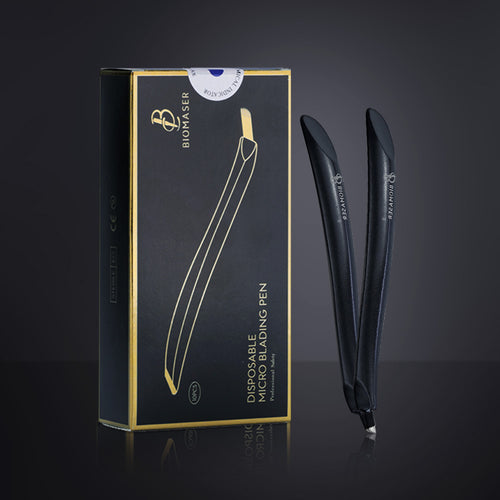
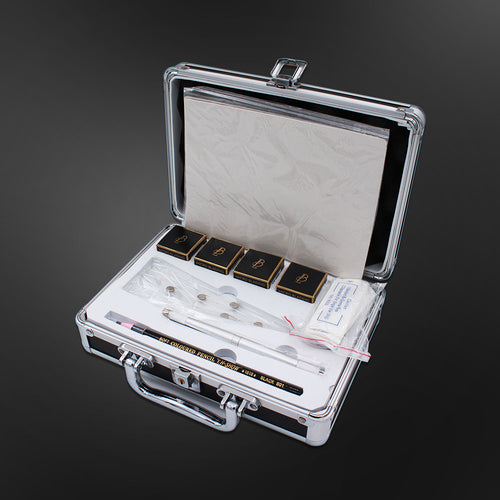
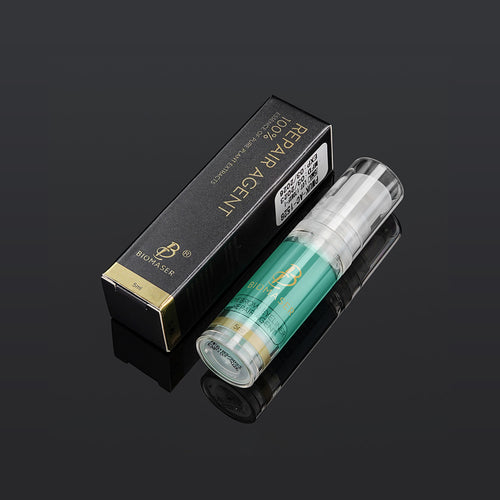
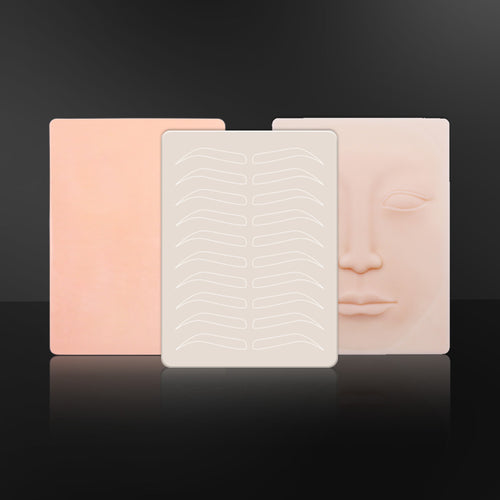
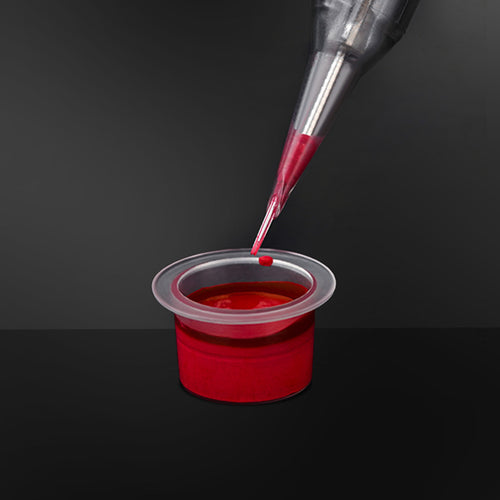
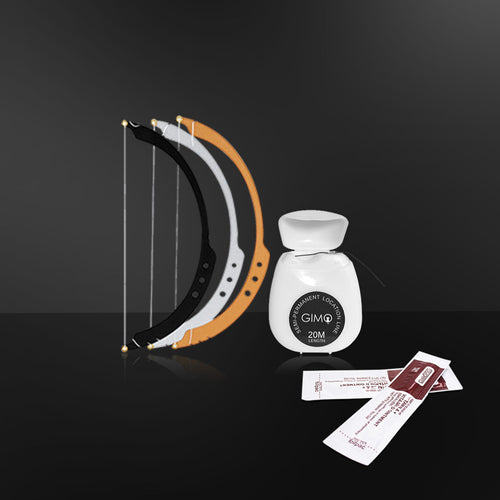
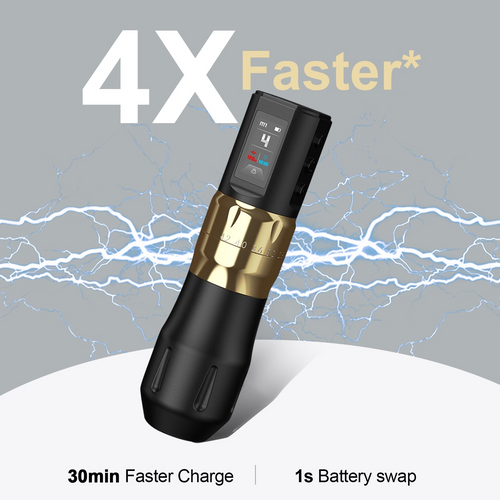
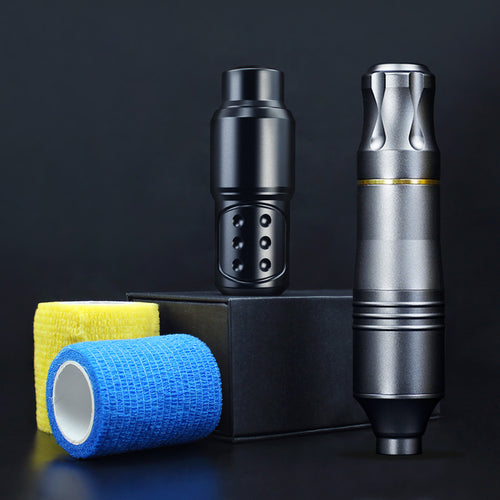
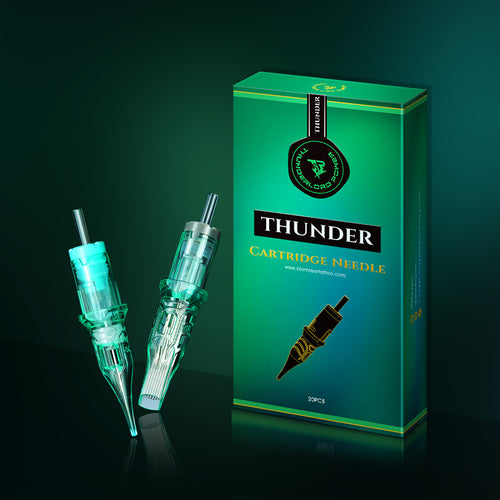
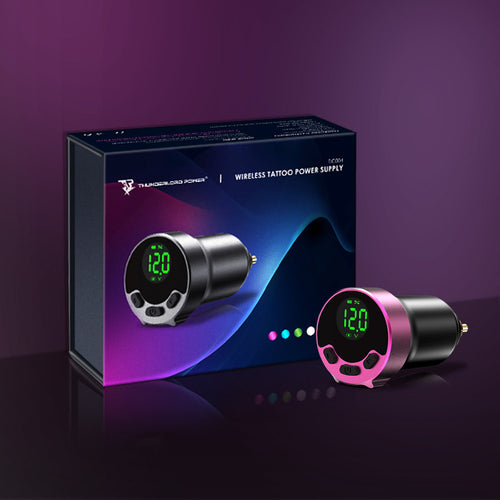
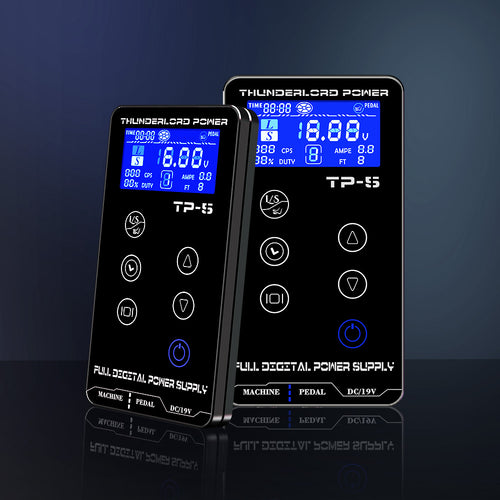
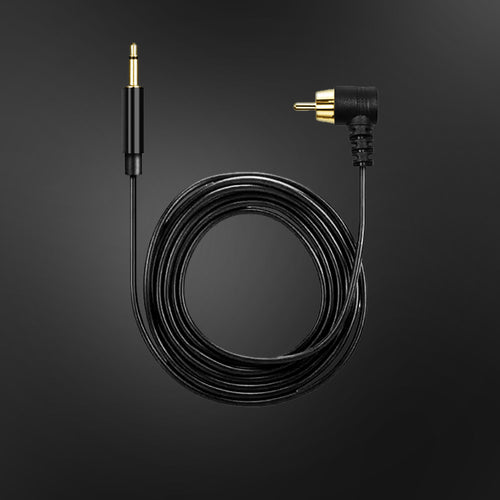
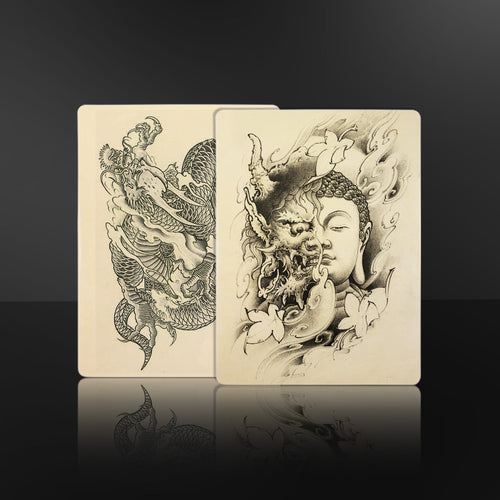

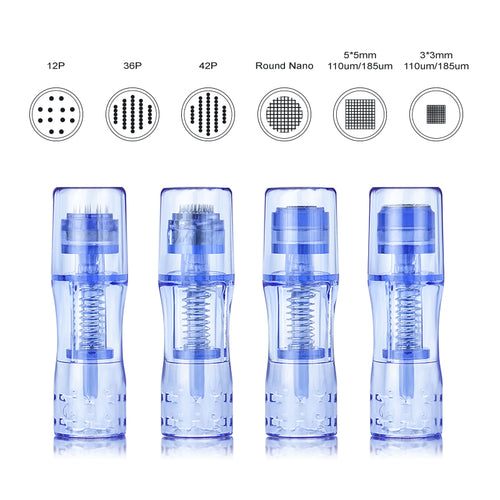

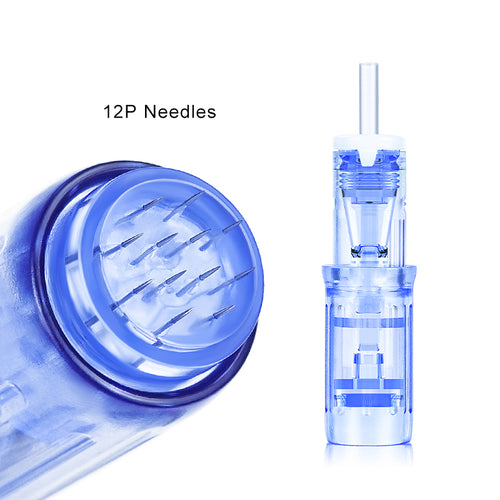
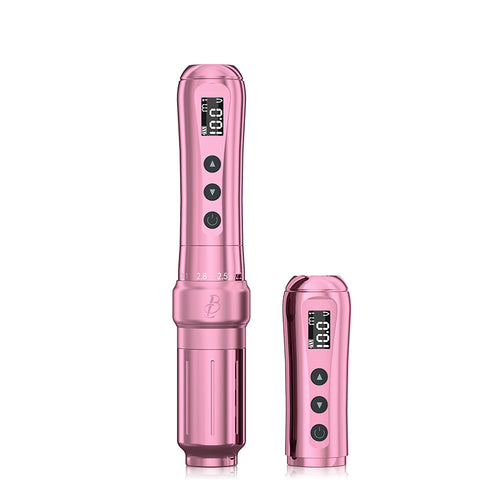
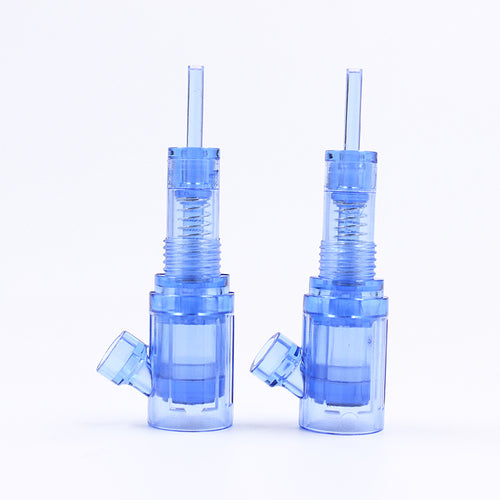
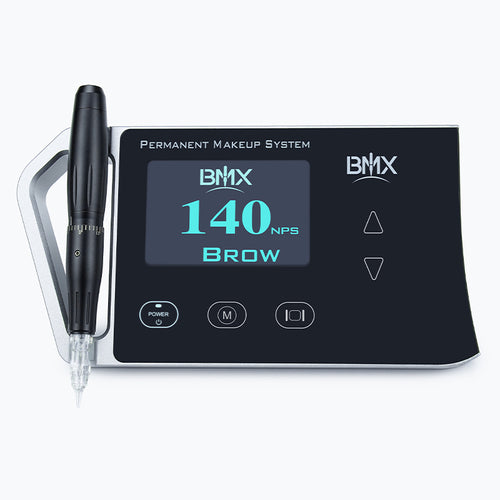
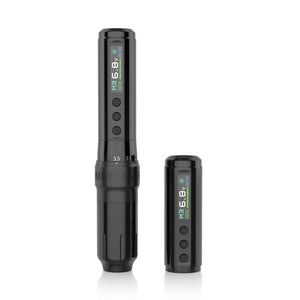

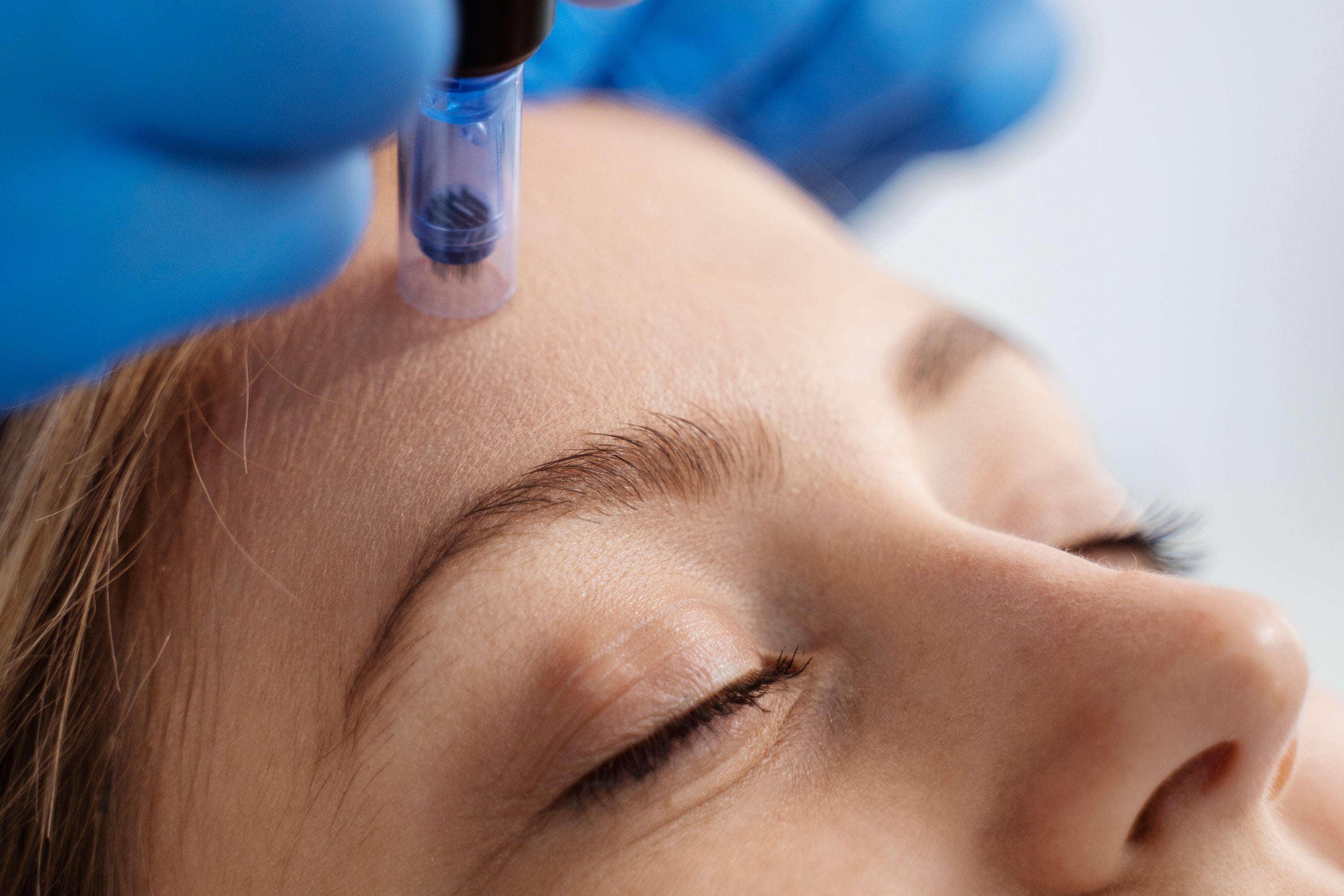

Dejar un comentario
Este sitio está protegido por hCaptcha y se aplican la Política de privacidad de hCaptcha y los Términos del servicio.